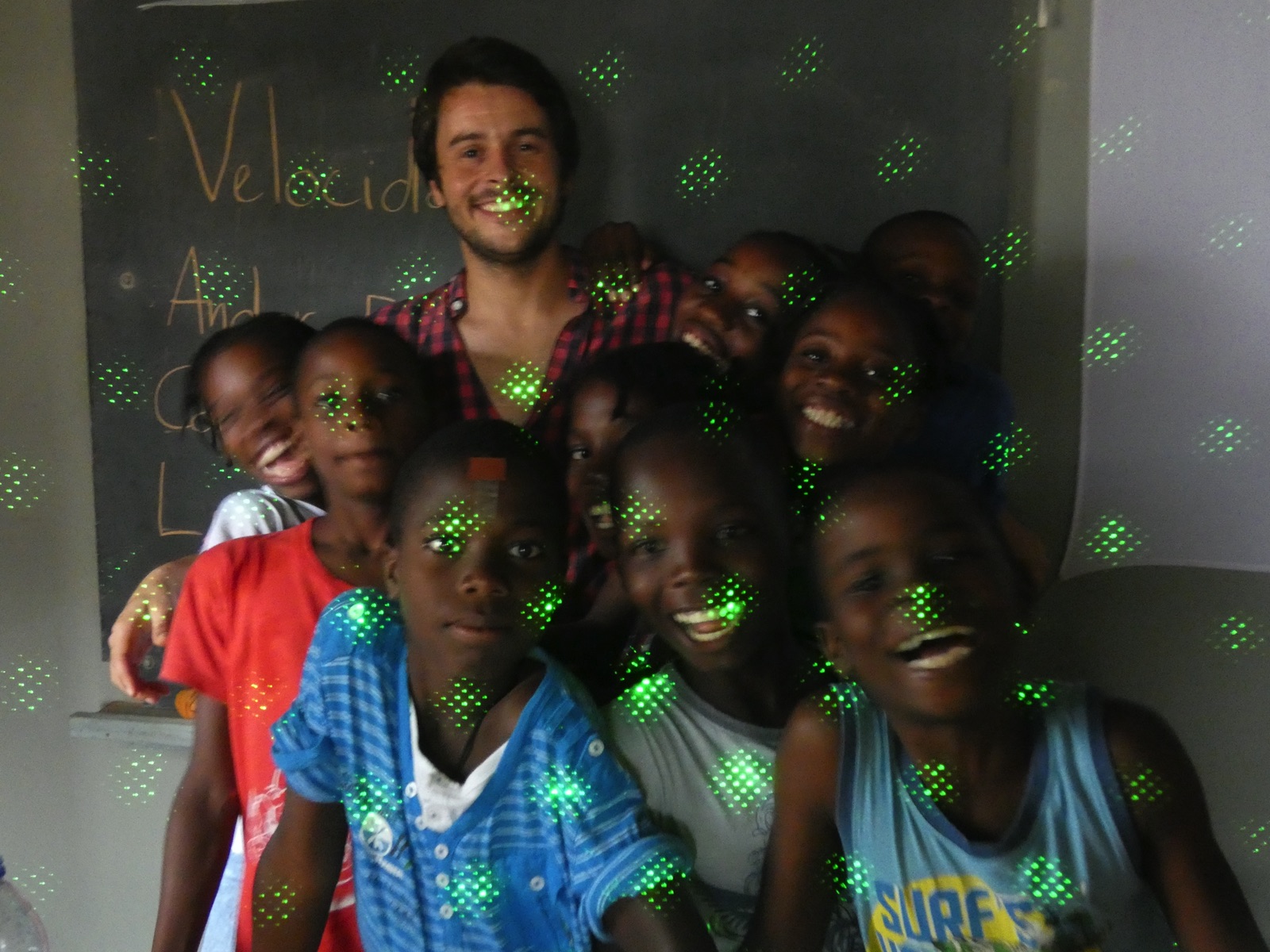Stories
Our curriculum currently runs for three whole school years. These are just some of the highlights we have during a normal Arribada Club programme, for both our Year One and Year Two students (and we will soon be uploading stories about Year Three).
OCTOBER | Fiber Optics & The Speed of Light

Thanks to our “Intro to Computer Science” module, our students already know that all of the data in computers is represented using 0s and 1s. They even know how all of that data is transmitted over the internet, thanks to our ‘Letters over the Wire’ class – that you can check out on our ‘Lessons’ page.
What they didn’t know yet was that, nowadays, internet connections are mostly made up of fiber-optic cables, not electric wires. And the signals that travel through those wires are not made out of electricity. They’re made out of light!
The material through which light is conveyed is actually glass. Within the fiber-optic wire insulation is an incredibly thin glass tube. This tube is so thin that it can actually bend! That is why these wires can twist and turn in all directions, taking the internet everywhere on earth.
But, wait a minute… Light doesn’t bend! Light travels in a straight line. If you point a flashlight at a wall it doesn’t go around the wall to the other side. It goes straight at it. So, how does ‘non-bending’ light travel through bending tubes of glass?
It was time to do some experiments! The light that is used in fiber-optics is actually a laser – which is, basically, an amplified light emission. And laser, as any other type of light, can travel through glass. Why? Because glass is transparent. Well, we didn’t have any glass to experiment with, but what other type of transparent thing do we come across with every day, and would be pretty easy to get our hands on…? Water, of course!
So, we set up a plastic tank, with a mirror on the bottom, and a layer of water to mimic our optical fiber cable. When we flashed a laser through it, and set it at an angle, what happened? It bounced off the bottom and upper surfaces of the water, travelling in a zig-zag of straight lines through the tank.
What about the curves? We now see how light can zig-zag its way along a transparent tube. But, to understand what happens when that tube takes a turn, we made a little hole on a plastic bottle and let water run through it, describing a curve when it left the hole. Shining a light through this little hole, and into the water leaving it, we could see that the straight line zig-zag of the laser easily negotiated the curve – without ever bending!

Before we finished our class, it was time to do one more thing… Understanding just how fast light really is! Thanks to CST Santomean Telecommunications Company – who have been our partners from the very start – we were able to procure a 1km-long role of fiber-optics cable. We attached one end of the cable to one table, and then unrolled it so that we could place the bulk of the role on another table, just 4 meters away. It was time for a race!
One student would stand by the side of the table where one end of the cable was. Attached to this end of the cable was a special laser flashlight that, when turned on, would send a light signal that would travel through the whole 1km-long cable, all the way to the other end where another student would be waiting for it to flash. On the count of 3, the teacher would turn on the flashlight, the first student would start running and the second student would shout ‘DONE!’ whenever he saw his end of the cable flash! This way we could see who got to the other end first, the light or the student.
Needless to say, with light having a speed of 300.000 km/per second, it was an unfair race from the start, even for the fastest of students. Although they only had 4 meters to cover, whereas the light had to traverse the whole 1km cable role, the second that ‘3’ was shouted and the laser was flashed, already the student at the other end was shouting ‘DONE!’, with the running student having just given his first step.
There were still smiles all-around, even with every race lost… And the students were able to understand just how useful it is to have light as our communications ally!






